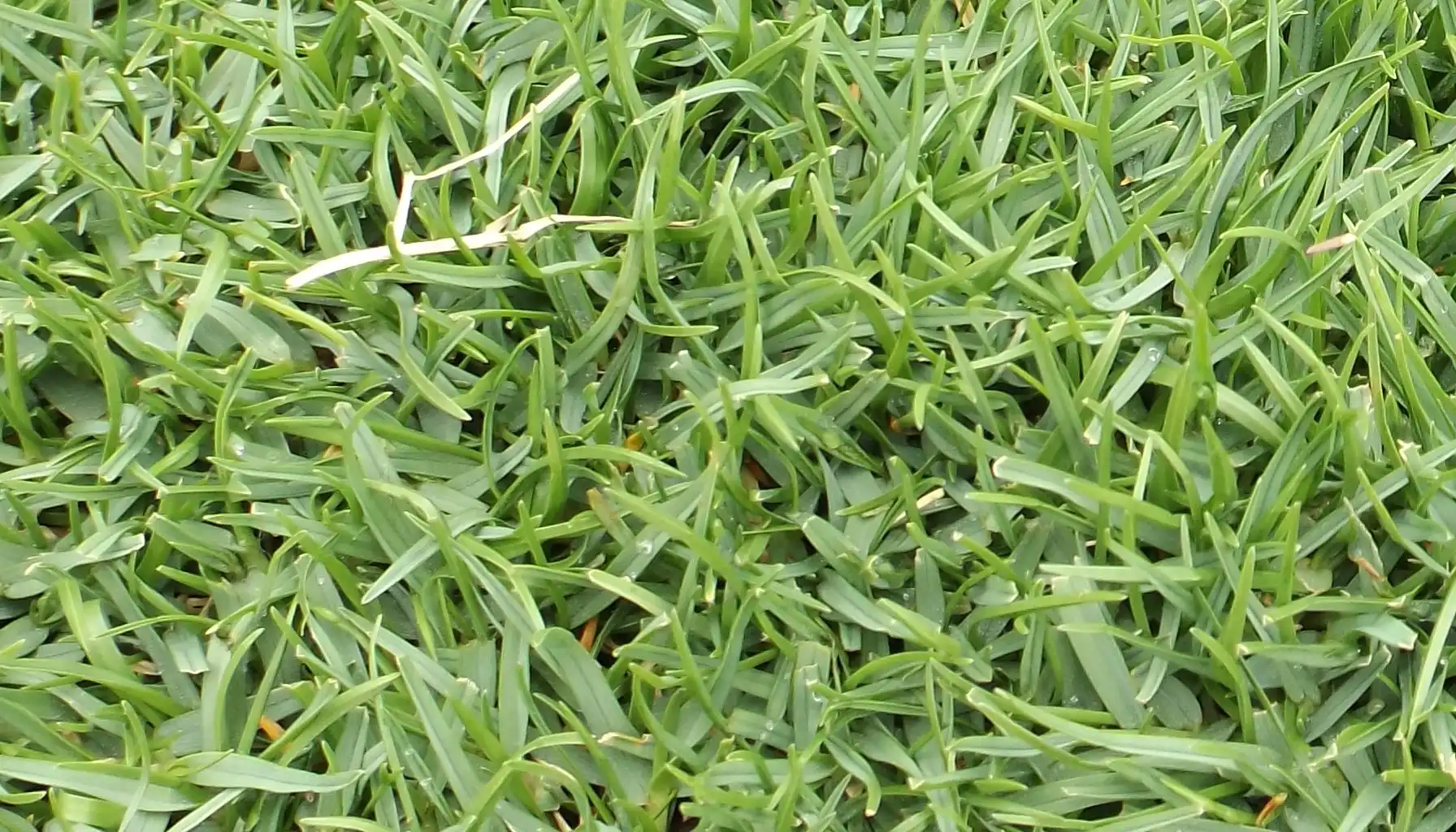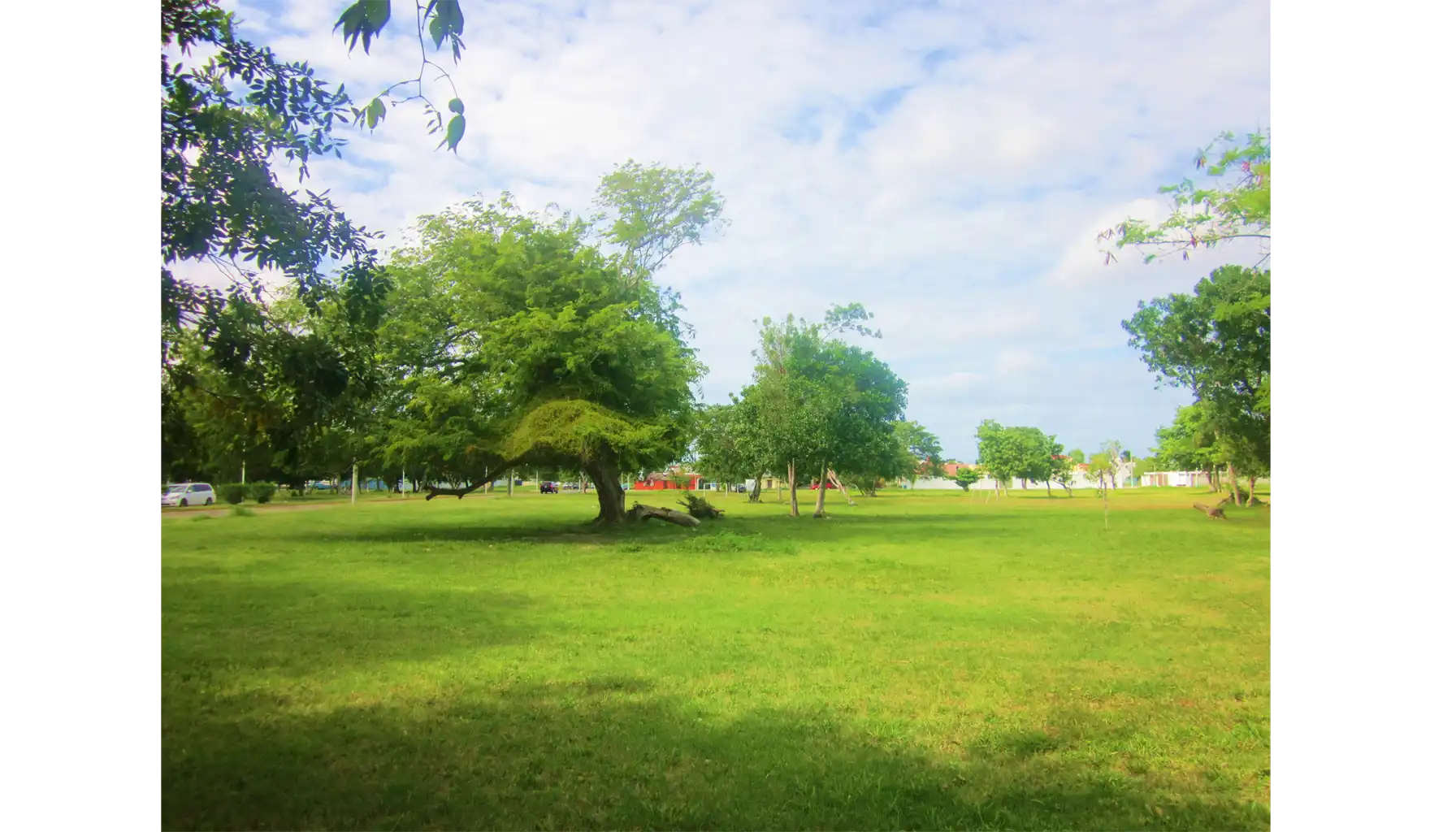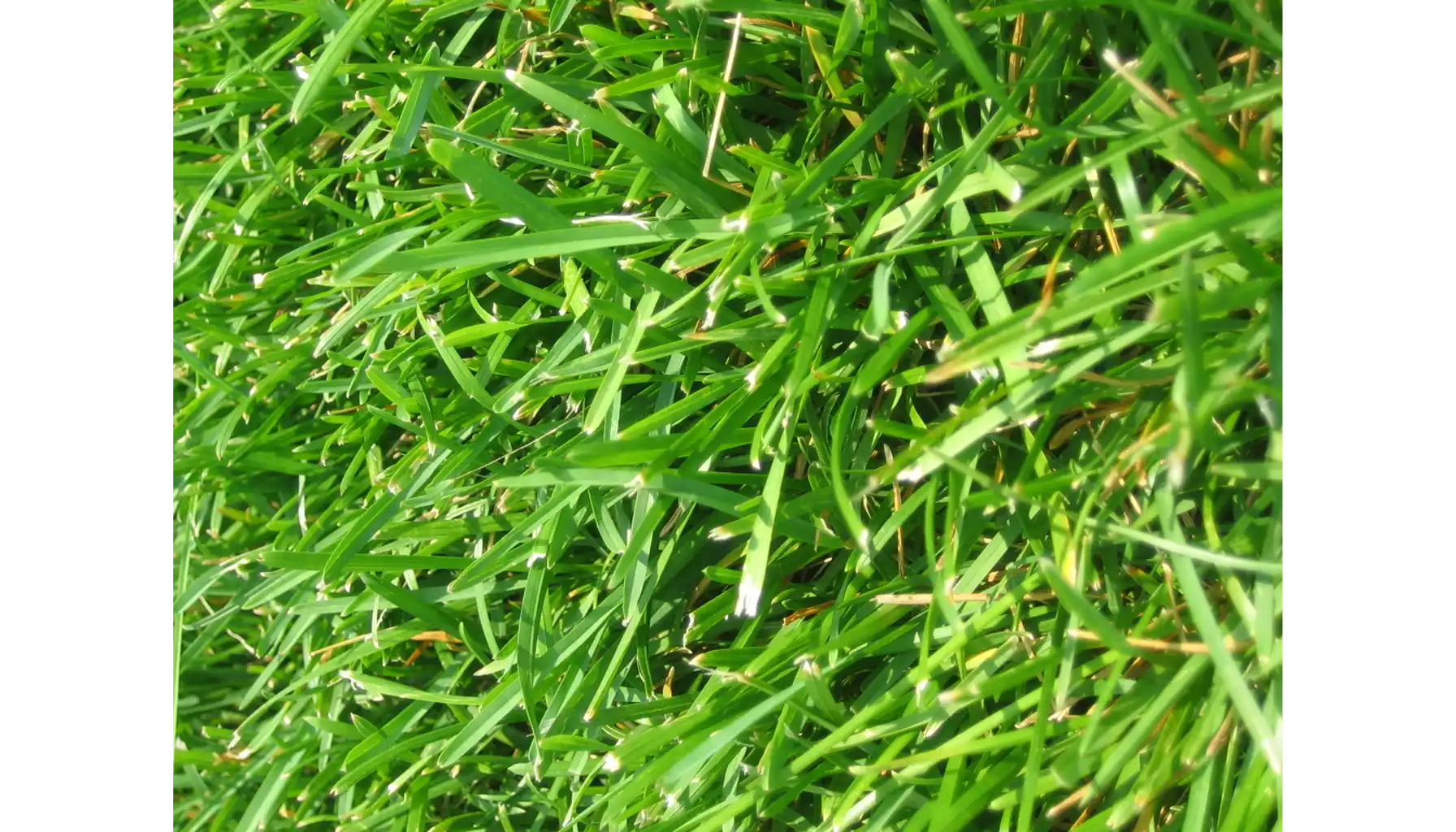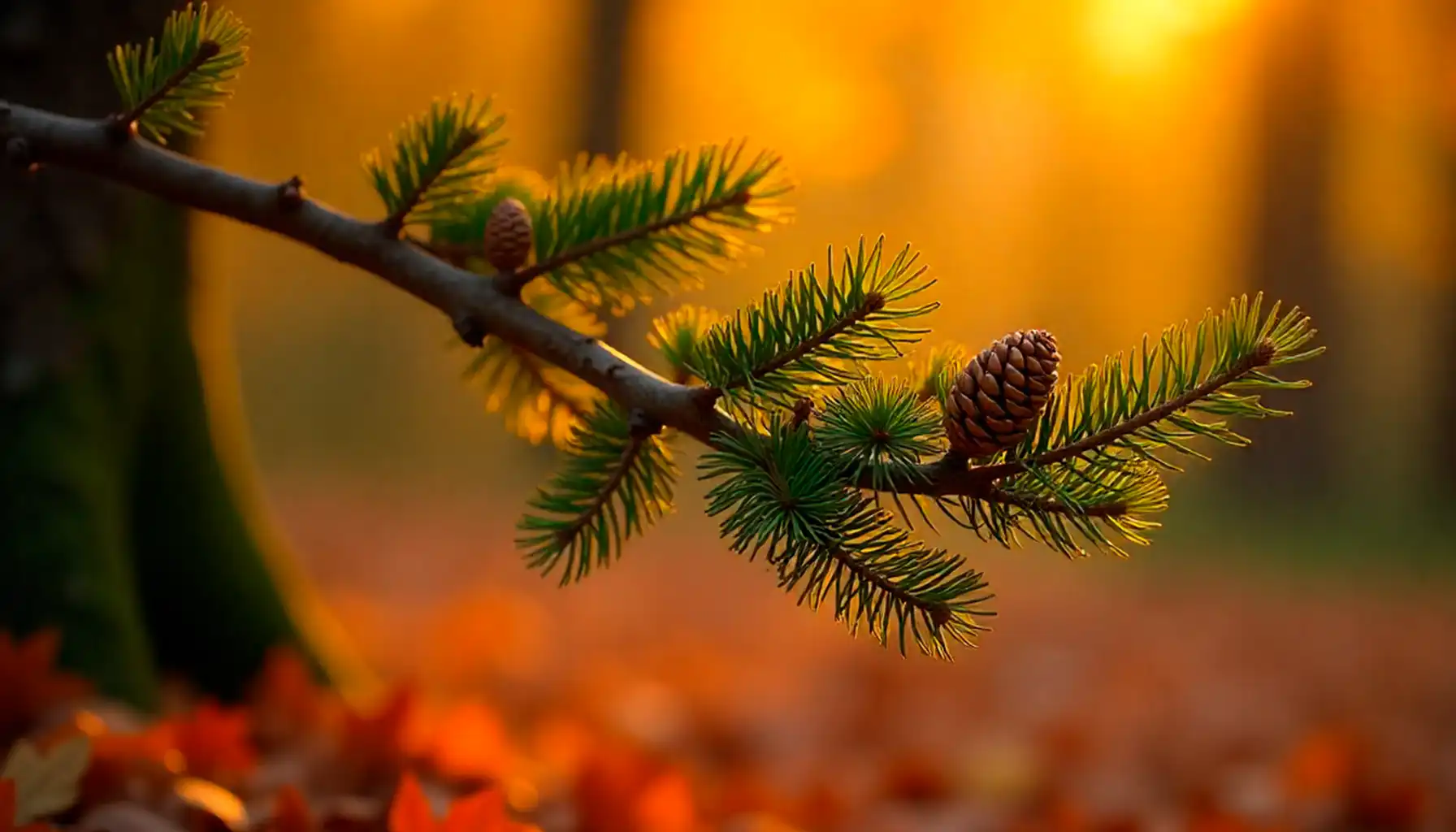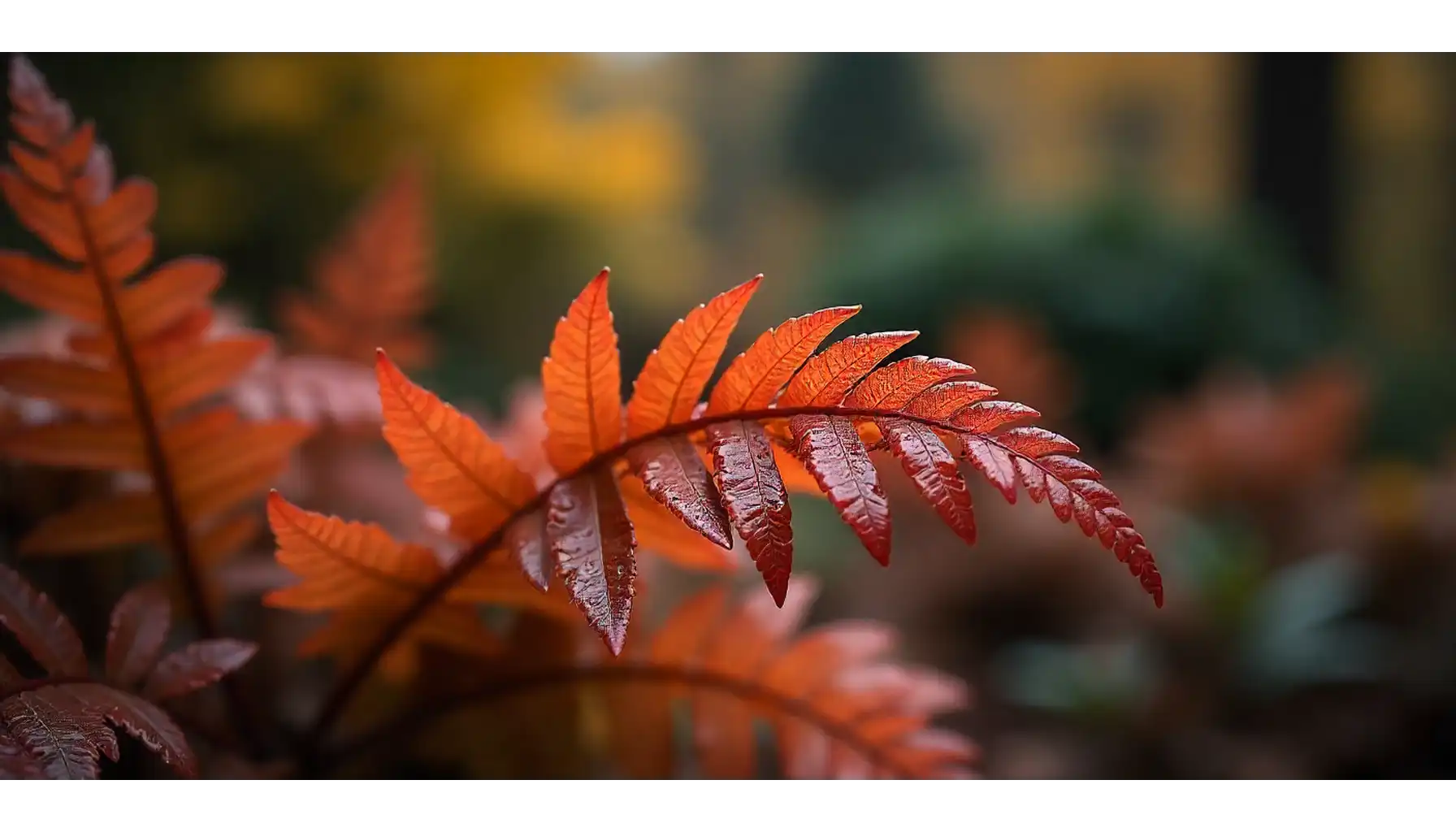The Bahia Grass is a warm-season plant from the United States. It forms a strong, drought-tolerant turf that thrives in warm climates. Its deep roots allow it to endure heat and poor soil. Homeowners, landscapers, and farmers value it for durability, but controlling its spread requires steady management. Understanding its traits, varieties, and care methods helps create a balanced lawn and prevents unwanted invasion. For more detailed information and care tips – download the free plant recognition app.
Plant ID
The Bahia Grass lawn comes from South America, where it grows naturally in sandy and nutrient-poor areas. It entered the United States in the early twentieth century as a pasture grass and later gained popularity for erosion control. The plant spreads through rhizomes and seed heads that rise above the foliage. Its coarse leaves form a dense texture that resists foot traffic and heat.
The Bahia Grass identification process involves observing the tall, V-shaped seed head, thick stems, and rough leaves. The plant remains green through summer and turns brown naturally when frost arrives. Once established, it survives long dry periods with minimal watering.
Scientific Name | Paspalum notatum Flugge |
Type | Warm-season perennial grass |
Grass Family | Poaceae |
Growth Pattern | Deep-rooted, clumping |
Leaf Texture | Flat, light green, folded, and in-rolled, tapering to a fine point |
Leaf Blade | 8-20 inches in length |
Seed Head Shape | Two or three branches forming a ‘V’ |
Stems | 12 to 25 inches tall |
Climate | Warm and humid regions |
Uses | Lawns, pastures, erosion control |
Cultivars, Varieties & Seeds
Two main types dominate the market: Pensacola and Argentine. The first variety grows upright, tolerates cold, and spreads fast, while the second shows broader leaves and a darker color. The Pensacola Bahia Grass seed performs well in sandy coastal soil and handles traffic pressure. Argentine Bahia Grass seeds for sale attract buyers who prefer denser turf and smooth texture.
Hancock’s Pensacola Bahia Grass seed stands as a trusted commercial option with reliable purity and germination rate. Newer lines such as TifQuik Bahia Grass seed provide quicker establishment and thicker coverage during the first growing season. These seeds adapt to lawns, roadways, and rural landscapes where other grasses fail to survive.
‘Pensacola’ – 1930, South America. It has long stems, long and narrow leaves, and tall seed stalks. It has excellent tolerance to both hot and cold temperatures. Uses for roadside plantings and as lawn grass.
‘Argentine’ – 1944, Argentina. It performs well in poorly drained soils, and is not cold tolerant, and depending on the severity of the winter. Uses for lawn use due to production of darker green leaves with wider leaf blades that can form dense sod.
‘Tifton-9’ – 1987, the University of Georgia and USDA-Agricultural Research Service (ARS). It was an improved selection from Pensacola because of lesser seed and its greater seedling vigor. The variety doesn’t produce dense sod. These plants are highly palatable and digestible to livestock but less tolerant to close grazing.
‘TifQuik’ – 1987, the University of Georgia and USDA-Agricultural Research Service (ARS). Uses for rapid germination and higher initial forage production.
‘Paraguay 22’ – 1937, Paraguay. This cultivar is short, upright, less productive and not cold tolerant. Leaves are darker and produce dense growth which makes it suitable for lawns.
Planting & Establishment
Plant bahia grass sod or seeds in late spring or early summer when soil warms above 65°F. Firm the ground lightly before planting to ensure contact between seed and soil. Apply a starter fertilizer and water daily until sprouts appear. After establishment, reduce watering to encourage deep roots.
Use the best fertilizer for bahia grass with balanced nitrogen and potassium. Avoid heavy feeding during dormancy. For consistent color and density, apply bahia grass fertilizer every six to eight weeks during the active season.
Growth Steps
Seeding: Prepare soil and plant evenly to uniform germination.
Early Growth: Water daily and reduce compaction to root formation.
Mature Lawn: Mow regularly at 3 inches to maintain density.
Late Season: Reduce watering and collect seeds to lawn renewal.
Maintenance and Lawn Care Review
Proper Bahia Grass lawn maintenance ensures steady color and long life. Keep the mowing height around three inches to avoid stress. Frequent cutting at lower heights weakens the plant. Remove clippings during wet weather to prevent thatch buildup.
Regular feeding improves growth. The weed and feed for Bahia Grass provides nutrients while controlling small weeds. When looking for reliable brands, choose products marked as the best weed and feed for bahia grass to ensure safe results. Always read labels to prevent injury to nearby plants.
The best herbicide for Bahia Grass control depends on lawn type and weed pressure. Non-selective sprays remove unwanted patches in driveways or fences, while selective options handle isolated weeds within turf.
Management: Fertilizer and Soil
Balanced nutrients build strength and color. Choose weed killer for Bahia Grass carefully when mixing fertilizers. Overuse may harm turf and nearby ornamentals. During the growth period, the best fertilizer for bahia grass supports strong roots and resistance to pests. Maintain pH between 5.5 and 6.5.
Apply fertilizer in the spring when plants begin active growth or when the soil temperatures reach 60°F. For better fertilizer use efficiency, apply fertilizers in split applications based on the harvest management. Bahiagrass responds to nitrogen and potassium fertilizer.
For new plantings, apply 35 to 50 pounds of nitrogen per acre after the bahiagrass seedlings emerge. Use it evenly after rain or irrigation. Monitor color and adjust feeding cycles as needed. Healthy soil encourages uniform coverage and keeps the lawn soft underfoot.
Grass Removal Control
If you wish to restore flower beds or different turf types, ask how to get rid of Bahia Grass. The process requires persistence. Dig out roots or apply a Bahia Grass killer labeled for turf control. To preserve nearby grass, apply selective herbicides with caution. Gardeners who need a safer option use how to get rid of Bahia Grass without killing grass methods. These include solarization and repeated mowing to exhaust energy reserves.
Method | Effect | Tool |
Manual Removal | Moderate | Shovel or hoe |
Selective Herbicide | High | Turf-safe spray |
Solarization | Moderate to High | Clear plastic cover |
Frequent Mowing | Slow but safe | Lawn mower |
Lawn Recovery After Control
After removal, restore the area with new turf or ornamental plants. Spread topsoil and apply fresh seed of a compatible variety. Keep the area moist until growth resumes. Fertilize lightly to support recovery. Patience and steady care result in smooth green coverage within weeks.
Sod and Seed Availability
Buyers can find Bahia Grass sod and seed online or in local nurseries. Seasonal demand peaks during late spring. Commercial brands offer consistent purity and fast germination. Availability also includes Hancock’s Pensacola bahia grass seed, widely respected for its uniform performance. The variety thrives under coastal heat and moderate rainfall.
Grass Pros & Cons
Pros
Forms an extensive, deep root system.
It sustains better than other grasses in infertile, sandy soils.
Low inputs of water or fertilizer.
It is a good choice for home sites on large lots or acreage or for anywhere that there is no irrigation system.
It does not form excessive thatch.
Relatively cheap seeds.
It may be established from sod.
Cons
Forms tall, unsightly seed heads throughout the spring, summer, and fall months that many find objectionable.
Necessary regular mowing.
Mower blades because of tough seed stems.
Not growing well in high-pH soils (coastal areas), causes yellowing of leaf tissue.
Bahia Grass has few insect problems, but it is susceptible to mole crickets.
FAQs
What does Bahia Grass look like?
The plant grows upright with flat, light-green blades that measure up to a quarter inch in width. The leaves grow from a sturdy base that spreads outward. Mature plants display forked seed heads that reach one to two feet in height. Each head forms a distinctive V shape, a clear mark for easy recognition. Those who wonder what does bahia grass look like can imagine a coarse, open-textured turf rather than a soft carpet type.
Does Bahia Grass spread?
Yes, it spreads through underground rhizomes and above-ground seeds. Wind, birds, and mowers can move the seeds across yards or fields. Once settled, it establishes firmly and resists removal. While this resilience benefits pastures, it creates problems in ornamental lawns or flower beds. Controlling its growth requires consistent mowing and soil management.
Are people allergic to bahia grass?
Some people report mild reactions to Bahia Grass allergy, marked by sneezing and eye irritation during pollination. Regular mowing before seed heads mature reduces pollen levels. Using protective gear during mowing also limits exposure. Despite this issue, the grass remains not toxic for pets and outdoor activities.
How to control Bahia Grass infestations?
If invasion becomes strong, use how to kill Bahia Grass strategies that match the scale of infestation. In small patches, physical removal works best. For large areas, herbicides prove faster. Apply products in warm, dry weather for full absorption. Retest soil before reseeding with new turf.
Related AI Plant Finder Posts
